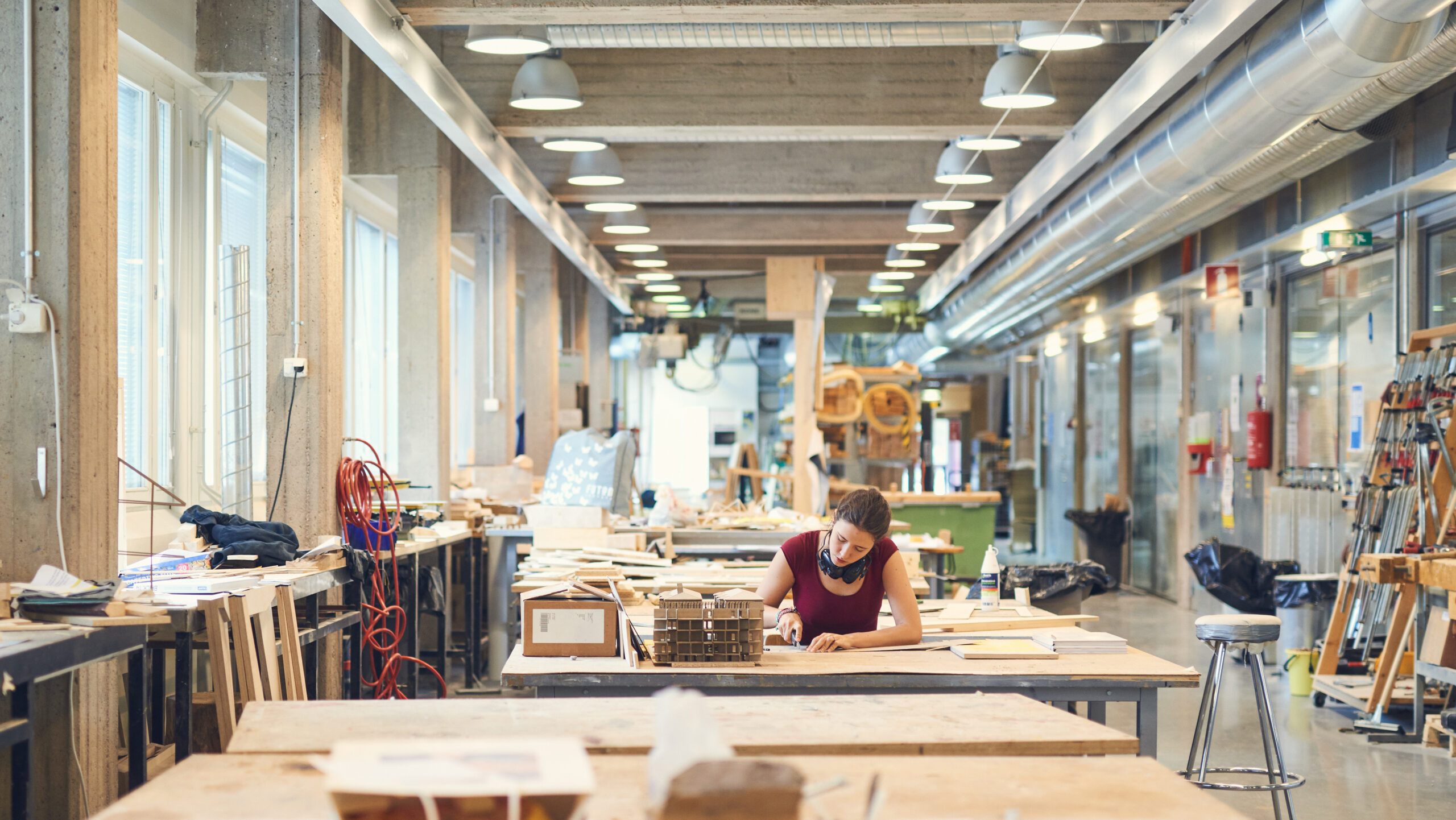Which way is design education developing?

Environment and technology are developing fast, and today’s design students often possess high capacities already before they start design studies. How should design be taught today? Where do the students end up working?
Environment and technology are developing fast, and today’s design students often possess high capacities already before they start design studies. How should design be taught today? Where do the students end up working? Helsinki Design Weekly interviewed Aalto University associate professor and visual communication programme director Arja Karhumaa as well as Metropolia University of Applied Sciences’ Head of Degree Programme in Design, Senior Lecturer Merja Kosonen on these questions.
Arja, you have participated in the reform of the design curriculum at Aalto. What did you teach there now?
Arja: “I talk from the visual communications perspective, which mainly translates to graphic design. Our 80-year-old programme has been successful, but in the 2010s we realized that its content needed transformation. The programme had not been extensively reformed for a long time. Major observation for design was that compared to students starting here ten or twenty years ago, our modern applicants are on a completely different skills level when they enter the school. Graphic design studies used to be highly skill-based, including the use of professional software and communication practices, which was pretty exclusive information. Now that we know the nature of the media environment and technology, we must take a completely different angle to teaching, as the students are experts in many things when they enter the school. With the programme, we aim to build the students’ awareness about the expertise they already possess and teach them to use their skills and knowledge and position themselves in the field they want to work for.”
Metropolia has included many new technologies in its programmes. What is that based on?
Merja: “We live in a very complex environment among constantly evolving technology, so we try to respond to this situation. Our new line of expertise, XR Design, produces designers. XR stands for Extended Reality, an umbrella concept for better known terms AR and VR. Today, industrial design students can work with computer modeling in a virtual world using 3D glasses, for example.”
Who decides what is taught to the students?
Merja: “When planning teaching, we need to remain connected to the rest of the world. We cannot plan in a bubble but must consider diversity. The professional advisory board that comments our curriculum work during the process is an absolute blessing. On the operative level, many of our lecturers come from their dedicated fields, which shows in how competent we are and how we function as a community. Thereby our students witness various ways of working and thinking from the get-go and are able to develop their own thinking at the same time.”
Arja: “The reformation of the Bachelor’s degree programme involved teaching staff as well as experienced field professionals and former students. Yet considering the daily lecturing, it involves the overall pedagogical changes in the design field, which are or should be happening. A traditional apprentice method is no longer valid because students know much more than before when they enter the school. In my opinion, the most important thing is to support students in learning from each other. For example, we offer reading circle courses and new Common Knowledge workshops where students propose subjects they’d like to teach each other.”

Listen to the entire interview here. Helsinki Design Weekly at Radio Helsinki on Fridays at 12.00 and rerun on Saturdays at 9.00. The programme is enabled by our partners Modeo and Design Museum.
Photos: Unto Rautio and Elena Palomo